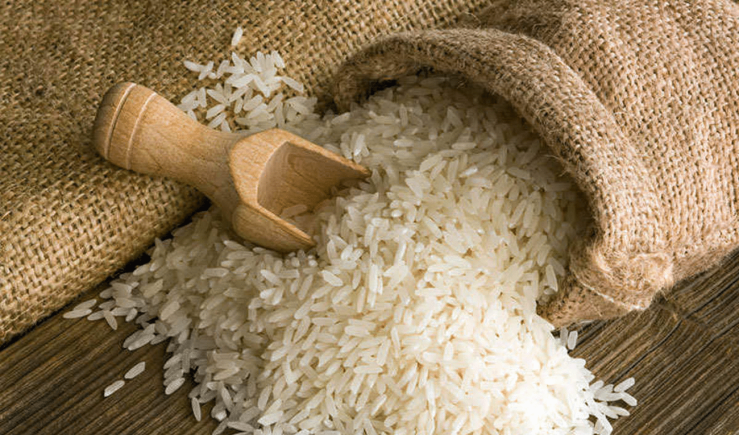1121 Basmati rice is one of the most sought-after long-grain rice varieties, known for its exceptional aroma, delicate texture, and premium quality. Originating from the fertile Himalayan plains, this rice is a staple in biryani, pulao, and other South Asian cuisines. However, with so many options available in the market, choosing the best quality 1121 Basmati rice can be a challenge.
This guide will help you identify the key factors to consider when selecting high-quality 1121 Basmati rice.
1. Grain Length and Appearance
✔ Longer grains signify better quality: Authentic 1121 Basmati rice is renowned for its extra-long grains, often exceeding 8mm in length. The longer the grain, the fluffier and more aromatic the rice will be after cooking.
✔ Uniformity matters: High-quality rice should have consistent grain length and minimal broken grains. This ensures even cooking and a refined texture.
✔ Color indicators: The grains should appear pearly white or slightly golden. Avoid rice with dull, yellowish, or grayish grains, as these may indicate poor storage or aging.
2. Aroma and Flavor
✔ Distinct fragrance: 1121 Basmati rice is known for its natural nutty and floral aroma. Before purchasing, take a sniff—high-quality rice will have a strong, pleasant scent even before cooking.
✔ Subtle yet rich flavor: When cooked, premium Basmati rice should have a mildly nutty taste that complements a variety of dishes.
3. Texture and Cooking Quality
✔ Fluffy, separate grains: The hallmark of good-quality Basmati rice is that it remains light and fluffy after cooking, with each grain staying distinct rather than clumping together.
✔ Consistent cooking performance: The best 1121 Basmati rice absorbs water evenly and expands without breaking or becoming mushy.
✔ Low stickiness: Unlike regular rice, high-quality Basmati should have low starch content, ensuring a non-sticky texture.
4. Quality and Purity Indicators
✔ Certifications matter: Look for ISO, Agmark, or other food safety certifications, which indicate the rice has been tested for quality and purity.
✔ Check the label: Reliable brands clearly mention the origin, processing methods, and any additives or preservatives. Always opt for naturally aged rice, as aging enhances aroma and texture.
✔ Choose trusted brands: Buying from reputed brands ensures consistency in quality and prevents the risk of adulteration.
5. Packaging and Storage Considerations
✔ Airtight packaging: Choose vacuum-sealed or airtight bags to preserve the freshness and fragrance of the rice.
✔ Storage tips: Once opened, store the rice in a cool, dry place, preferably in an airtight container to prevent moisture absorption and pest infestation.
6. Cooking Tips for Perfect Basmati Rice
To get the best results, follow these proven cooking techniques:
✔ Rinse thoroughly: Washing the rice 2-3 times removes excess starch and prevents stickiness.
✔ Soak before cooking: Soaking for 30 minutes enhances the grain’s length and ensures even cooking.
✔ Maintain the right water ratio: Generally, use a 1:1.5 or 1:2 rice-to-water ratio, depending on your preferred texture.
✔ Cook on low heat: Simmering on low heat prevents breakage and preserves the delicate texture.
✔ Fluff with a fork: Once cooked, let the rice rest for 5 minutes, then gently fluff it to separate the grains.
Why Choosing the Best 1121 Basmati Rice Matters?
Selecting the right Basmati rice enhances the overall dining experience, whether you are preparing fragrant biryani, savory pulao, or simple steamed rice. Investing in premium-quality rice ensures a flavorful, aromatic, and visually appealing dish.
For a reliable source of high-quality 1121 Basmati rice, consider brands that offer authentic and aged rice, ensuring premium taste and texture.
Topics #1121 Basmati #1121 Basmati Rice #Basmati Rice #featured #trending pakistan





